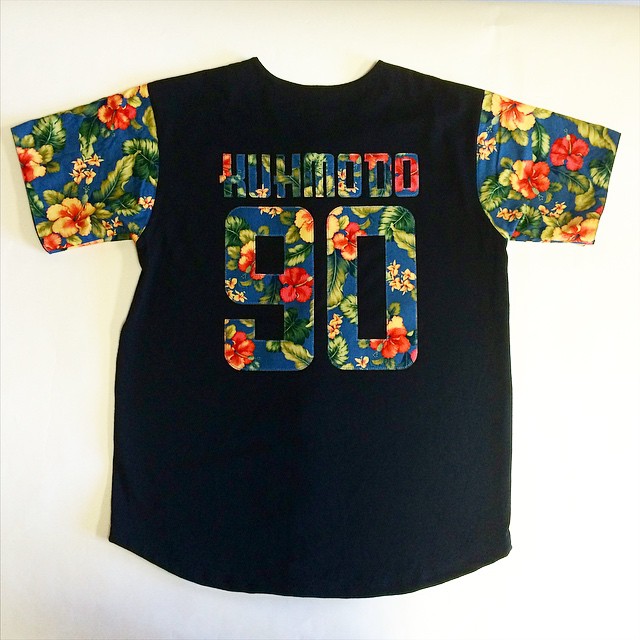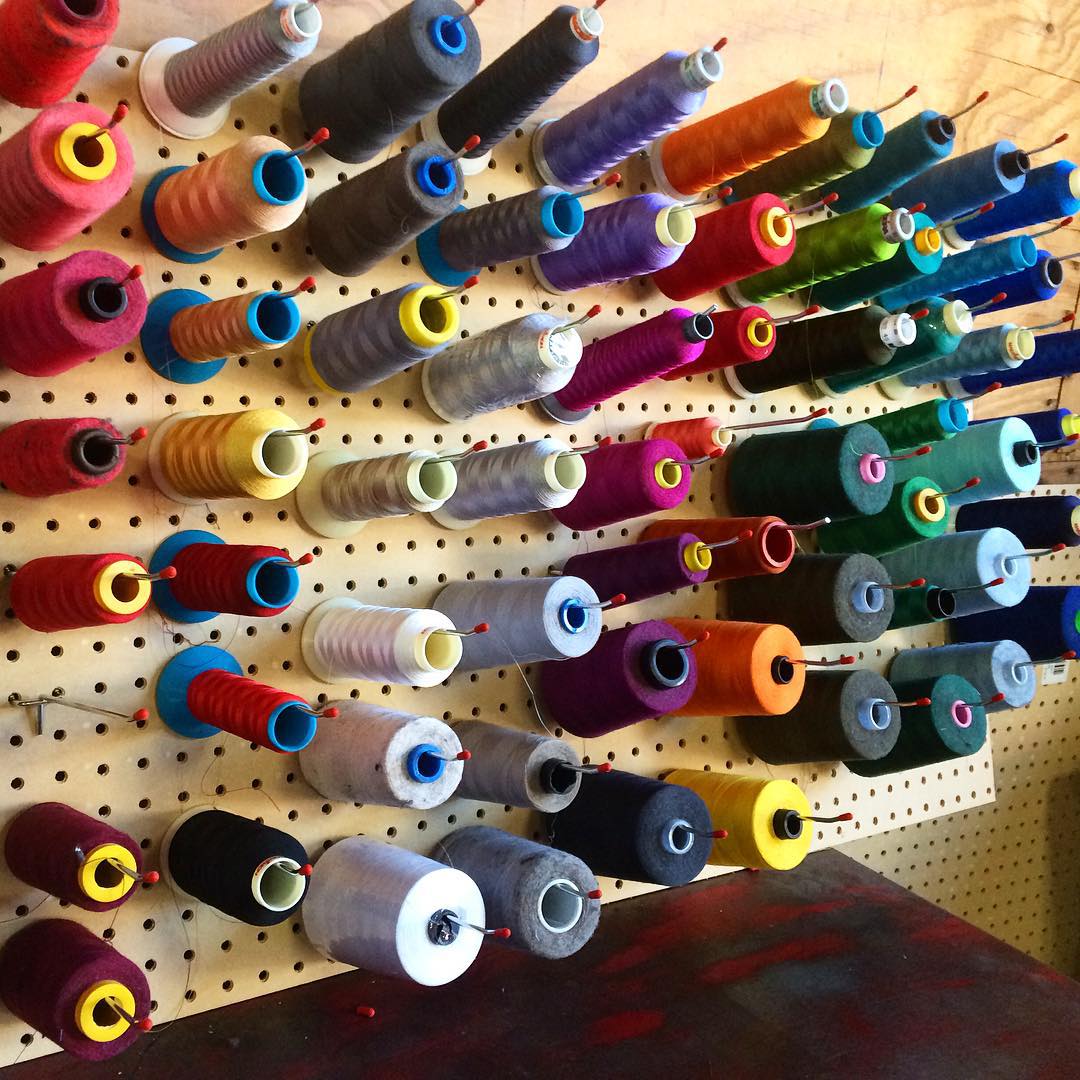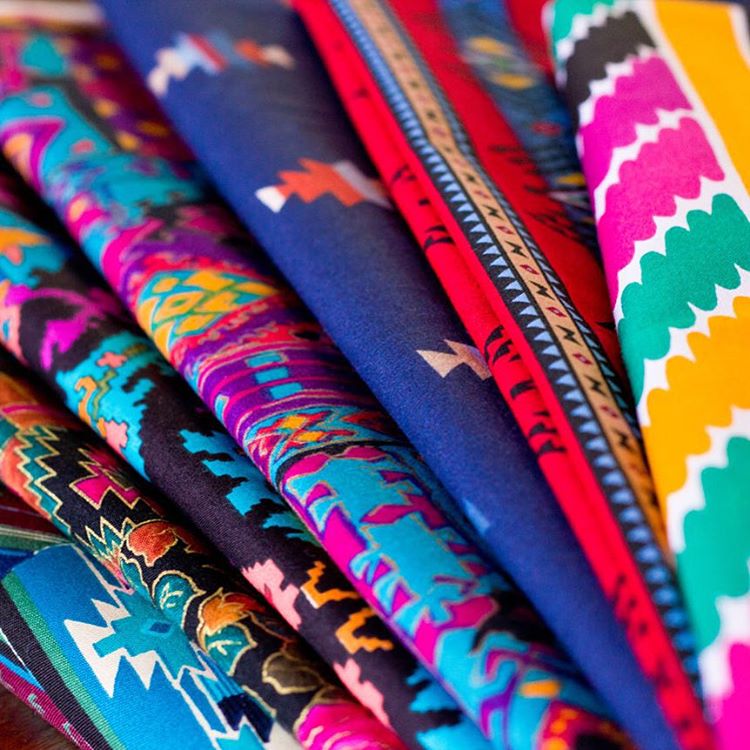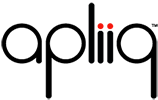
How Is A Blank Different Than Creating From Scratch?
I absolutely love to help brands create custom t shirts and custom apparel. Not surprisingly, I have helped a lot of people start a clothing line, but I have made a lot of mistakes, and I have learned a lot of hard lessons along the way.
When you are approaching creating clothing for your brand, there is a strong desire to want to create everything from scratch. I feel that desire everyday, but urge extreme caution before you go that route.
A “Blank” is a garment that is created with the intent for someone to add their own artwork, embellishment, or design touch to it. They are produced in mass and are readily available for printing or other embellishments.
Now that we know what a blank is, let’s explore 10 reasons to use them instead of creating t shirts from scratch.
#1 Don’t Ignore Your Opportunity Costs
The most valuable resource, especially in a startup brand, is your time. As the driving force behind your brand this is the single most important resource that you can directly control. Every minute that you spend on the manufacturing of your clothing items is time that you are NOT spending in building your audience, connecting with customers, finding a new influencer, running a pop up shop, etc.
This doesn’t mean that you shouldn’t spend the appropriate amount of time to build a quality product that represents your brand, you should. But you should do it as efficiently as possible, or you are wasting valuable time that you could spend on growing your brand.
Embellishing existing garments will require far less of your time than creating something from scratch. Period.

#2 How To Take Smart Risks
Every time you create apparel there is an execution risk.
It goes like this.
Are you really going to get what you want?
There is a chance you will, there is a chance you won’t. But taking that risk is necessary, because without it there is no reward.
When you create apparel from scratch your execution risk is 10X that of embellishing an existing base garment.
Why?
Because embellishment processes like printing, embroidery, and custom pockets are tried and true and highly accessible. Service industries exist built to support novice, beginner, and intermediate creators.
When you create something from scratch you are opting for a less user friendly approach. It’s like skiing a backcountry bowl, surfing maxing Pipeline, or dropping into a 15 foot vert ramp. Sure there is opportunity for glory there, but the risk of injury to self & pride is very high.
Using an existing base garment will significantly lower your risk. There is no shame to taking a green run your first few times down the mountain.

#3 Which Do You Prefer Weeks vs Months?
Also at the top of our list is timeframe. Timeframe is the amount that it takes from when you pay for your order until the time you receive your items and can begin to promote them, photograph them, and sell them. This timeframe is critical because running production ties up your working capital, the lifeblood of your brand.
When working on pre-existing garments you should expect 2 to 3 weeks to turn around an order often times even sooner. But when you are creating items from scratch expect at least a month of time to turn an order, maybe even two months.
That can be a LONG time to wait to start to recoup your investment.
#4 What A Pattern For Each Size Means For Cut & Sew
If you are gonna strike out to create your own items from scratch, one of your first challenges will be to have a pattern created. The pattern is the template for the construction of the garment.
Guess what, you need a pattern for each size that you will offer. Pattern creation can cost hundreds or thousands of dollars, depending on the complexity of the garment and number of sizes.
Then you will want at least one sample of each size, to make sure the fit is right at each size. Even great production teams find it hard to make a great item work at all sizes.
Sure you can use an existing pattern, but that is basically using a pre-existing garment.
The other great news about pre-made garments, or “blanks,” is that they are available in all popular sizes.

#5 What To Expect With Sourcing & Why It Takes Time
Even if you know EXACTLY what you want to make and the EXACT details of every item used in the construction of your custom apparel, it takes a ton of time and energy to track down the best suppliers for each component.
For example, we have literally spent days trying to find a replacement for just one fabric. Also, if you don’t have a large order (hundreds if not thousands of pieces), you won’t have much bargaining power to secure lower material costs.
Many manufactures will charge an hourly fee for material sourcing, don’t be surprised to see $150 per hour.
Using existing base garments also takes time, but you typically only need to source one item, the garment. We are constantly surprised by how many blank garment providers there are and how many different, styles, cuts, sizes, and colorways are offered for blanks.
#6 Sampling Is Invaluable But Pricey
Sampling is a great way to reduce your risk in apparel creation. It is basically making a single item (or one in each size if you are unsure of how different sizes will fit) & allows you to have an item in hand prior to putting out a lot of cash for a big order.
Having a sample in hand can give you the confidence you need in your design, your manufacturer’s capabilities, and most importantly your customer’s interest. Once you have a sample you can move forward with photography and even run a pre-sale.
To create a sample using a pre-existing garment, can rage from $25 to $150. To create a sample from scratch you should expect at least $250 up to $500, per size. For a set of samples expect at least a thousand.
Many production houses won’t even create a sample because they have minimums.
#7 What Happens When Your Best Selling Item Just Sold Out?
This is some of the best news you can hear as a brand, but it also means you have to get more if you want to keep selling it. *Gulp*
If you are creating items from scratch, you have to manage your ENTIRE supply chain. Are you sure every manufacturer you used has all the exact same materials you used before?
No more gold buttons, eh? Only silver ones now?! Either you are back to sourcing or you have to retire your best seller.
On the other hand, popular pre-made garments have a ready and available supply chain. It is simple to complete a second run of a successful design. If you are using a discontinued or less popular blank, you may have an issue finding a specific size or colorway, but your chances are way better than working from scratch.
#8 How Design Options Can Help You And Hurt You
There is no question, creating something from scratch will give you more options. We can create anything from scratch. Anything.
But that openness of design options typically leads to more mental blocks than free flowing ideas. We have seen many people become quickly overwhelmed and we have even overwhelmed ourselves with the number of decisions that must be made.

Heed the wisdom of Frank Lloyd Wright:
“Man built most nobly when limitations were at their greatest.”
Don’t agree? Check out the Design Within Reach Champagne chair contest.
Selecting and working on an existing base garment can free you to focus more time on your artwork or other embellishments that will help create your brand identity.
#9 How To Balance Curation And Creation To Maximize Return
There is a powerful approach in balancing creation and curation to build your brand. In building a successful brand sometimes the things you recommend, offer, or promote that you didn’t create can be more compelling than items you create on your own.
Case and point: collaborations. If you are showcasing the work of a popular local artist, you want your customers to know the art is hers. Collaborations are a very public form of brand curation.
But less private curation speaks volumes about your brand too. If your brand is environmental, perhaps you ONLY use organic options. Does it matter if you created that t shirt from scratch in the mind’s of your customers? Maybe, but probably not.
It probably matters more that you made the choice to use options that have the least environmental impact.
The decision to curate the right blank garment can be as powerful a statement as creating something from scratch, especially when coupled with the creation of beautiful art for embellishments.
#10 How To Play To Your Strengths
There is a reason the best hitters in baseball hit at the top of the line-up, because smart coaches know to maximize their at bats.
You need to play to your strengths too.
If you are great at building community, reaching a specific audience, or creating beautiful artwork, you will get your best return by focusing your time and effort there.
However, if you are an expert in cut & sew manufacturing, it simply makes sense to create your items from scratch. If you are not an expert in cut & sew manufacturing it is probably best to work on existing base garments when you start your clothing line.
In Conclusion
With these considerations in mind, it is no wonder that 99 times out of 100 we’d recommend to use existing base garments.
Share Your Experiences
Share successes and challenges you have had with cut & sew versus sourcing pre-made garments?
